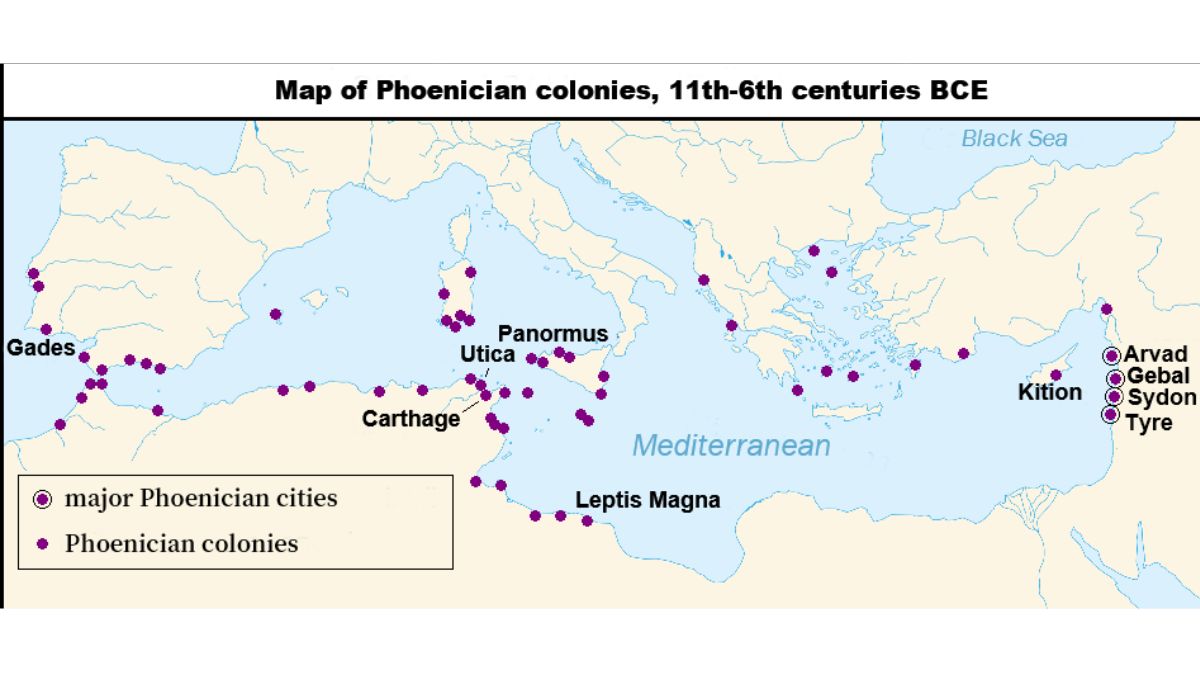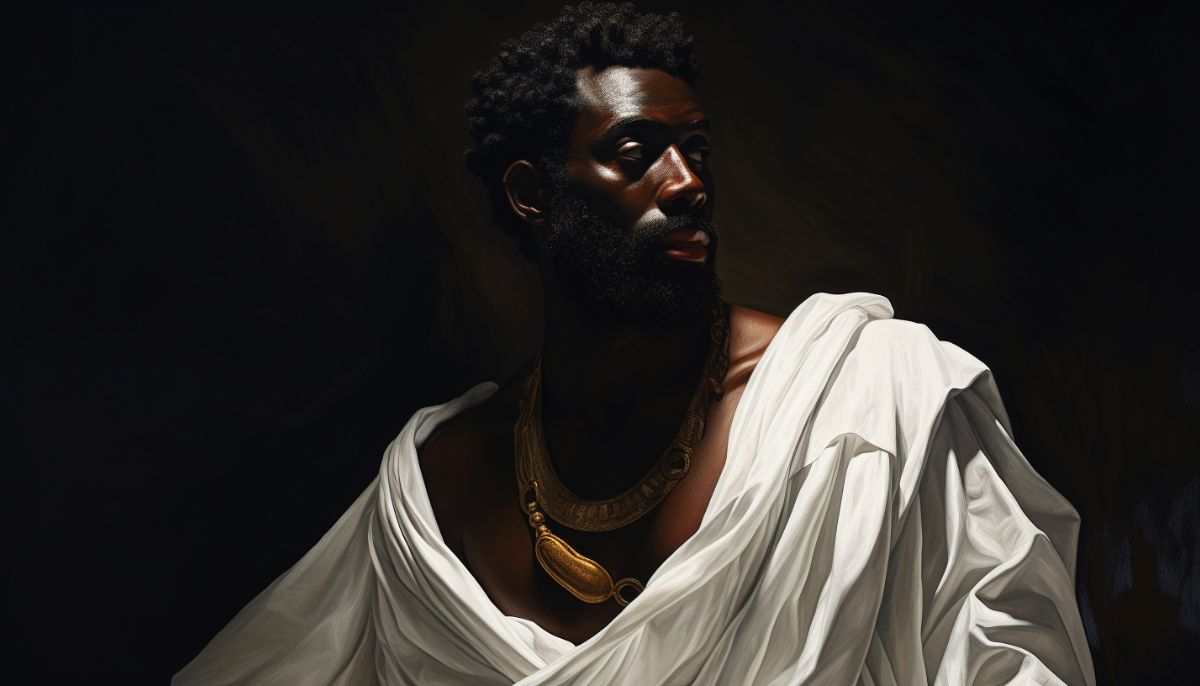The founder of the Severan dynasty has long been the center of a fascinating debate: Was Septimius Severus a Black Roman Emperor? Delve into his heritage, identity, and historical context to uncover the complexities. In this exploration, we delve into his background, the context of race in the Roman Empire, and the claims proposing his black heritage.
We’ll also offer our perspective, explaining why the modern classification of “black” probably would not apply to him. Join us on this journey through history, as we navigate the complexities of identity and perceptions from the past to present.
Understanding Race in the Roman Empire
In the heart of the Roman Empire, a vibrant tapestry of cultures and ethnicities converged across the Mediterranean. The region’s intricate blend of identities wove together diverse backgrounds, reflecting a unique amalgamation of heritage and traditions. The Sahara desert stretching between North and Sub-Saharan Africa long acted as a natural barrier, limiting extensive migration.
In this cosmopolitan melting pot, the Romans were less concerned with defining individuals by race and more focused on social class. Hierarchical divisions within society held far more significance than the shades of skin. In fact, the Romans likened skin color to eye color—a physical trait, but not one that inherently defined a person’s identity or worth.
This perspective introduces a notable challenge as we explore figures like Septimius Severus. The historical sources of the time often neglected to mention the race of key figures, as it wasn’t a primary marker of identity in the Roman worldview. Thus, piecing together a comprehensive understanding of someone’s racial background can be a complex endeavor, further compounded by the passage of time and the scarcity of detailed records.
Why do people think Septimius Severus was black?
In this section, we delve into the factors that have led some to speculate that he might have been a black Roman Emperor. Exploring historical clues, perceptions of the time, and the complexities of identity, we aim to shed light on the origins of this notion and its implications for understanding the past.
Septimius Severus was the first African-Roman Emperor

Septimius Severus, a trailblazer in Roman history, is the Empire’s first Emperor born in Africa. His roots trace back to Leptis Magna, an ancient Phoenician city nestled within the borders of modern-day Libya. This coastal city, known for its vibrant cultural tapestry, significantly influenced the shaping of Severus’s heritage.
Growing up in Leptis Magna exposed Severus to diverse cultural influences, bridging the gap between Phoenician history and Roman vitality. One facet of his African upbringing is the likely use of the Punic language—a direct descendant of the Phoenician tongue.
Septimius Severus’ ancestry
Born in North Africa, Septimius Severus’s ancestry encompasses a diverse blend of origins as rich and complex as the empire he would later rule.
While his mother, Fulvia, hailed from Italian-Roman descent, his father, Publius, adds a layer of intrigue to his heritage. Publius’s lineage traces back to the original Phoenician settlers who established their presence on North African shores in the 12th century BC.
The story of these ancient Phoenician colonists is intertwined with the history of North Africa. Settling along the coast, they likely intermingled with the local population, forging connections that melded diverse cultures and traditions. The result was a unique blend of lineages that echoed through generations.
This fusion of ancestry is central to understanding why some speculate that Septimius Severus might have been a black Roman Emperor.
Septimius Severus was dark-skinned

Amid the evidence hinting at Septimius Severus’s potential African heritage, the Severan Tondo emerges as the linchpin. This remarkable artwork, born around 200 AD, provides a visual testament to the complexion that set Severus apart.
The Severan Tondo introduces us to a family tableau: Septimius Severus, Julia Domna, Caracalla, and Geta. Among the familial figures, Severus’s complexion distinctly departs from the rest. This nuanced portrayal is pivotal in the larger puzzle—a visual echo supporting the argument that he might have been a black Roman Emperor.
Why Do We Think Septimius Was Not a Black Roman Emperor?

While the notion of his African heritage is intriguing, it’s essential to approach this question with a critical lens. Nuances and historical factors compel us to offer an alternative perspective on Severus’s racial identity.
No other depictions of Septimius are depicted as black

While the Severan Tondo presents a compelling argument in favor of Septimius Severus’s potential African heritage, it’s crucial to explore the broader spectrum of depictions that exist. Though not endowed with color like the Severan Tondo, marble busts, and surviving Roman coins provide valuable insights into how Severus was visually represented in various contexts.
When examining these alternative portrayals, an intriguing pattern emerges. Severus’s depiction in marble busts and coins aligns with the artistic conventions of his time, showcasing him in a manner similar to other Roman Emperors.
There is no evidence of black ancestry
While Septimius Severus’s lineage is an intricate blend of Italian Roman and Phoenician heritage, his ancestry doesn’t seem to include roots from sub-Saharan Africa. This prompts us to ponder the question: Would we categorize modern North Africans as “black” by contemporary standards?
The intricate nature of identity resists simplistic classification. Modern conceptions of racial categories often stem from colonial and post-colonial periods, which can cast a shadow over historical contexts. The North African region, where Severus was born and raised, harbors a dynamic interplay of ethnicities, cultures, and ancestries.
Considering this intricate tapestry, it’s important to acknowledge that while Severus’s ancestry might not align with a modern notion of “blackness,” it’s not a straightforward reflection of identity as we understand it today.
Racist story about Septimius Severus
Within the pages of the Historia Augusta, a controversial anecdote paints a picture of Septimius Severus’s encounter with an Ethiopian soldier. The account unfolds as Severus, after a triumphant inspection of the wall at Luguvallum in Britain, encounters a jesting Ethiopian soldier adorned with a garland of cypress boughs. This soldier, known for his comedic prowess, greets Severus with a jest, remarking, “You have been all things, you have conquered all things, now, O conqueror, be a god.”
Severus’s reaction to this encounter is telling, as he reportedly reacted with visible displeasure. The Historia Augusta records that Severus’s response was swift and decisive—he ordered the Ethiopian soldier to be removed from his sight. The specific reason cited for Severus’s reaction is twofold: his concern over the soldier’s “ominous color” and the perceived ominous nature of the garland.
While this anecdote from the Historia Augusta provides insight into an interaction that some interpret as racially charged, it’s essential to approach this source with a critical eye. The Historia Augusta is known for its unreliable nature, and its historical accuracy has been called into question. However, the motivation behind concocting such an anecdote remains uncertain.
Verdict: Was Septimius Severus a black Roman Emperor?
In short: No.
While the Severan Tondo hints at certain possibilities, our examination of other depictions, his diverse lineage, and historical nuances leads us to a different conclusion.
Septimius Severus undoubtedly holds the distinction of being Rome’s first African-born Emperor and the architect of the Severan Dynasty. Yet, the assertion that he should be termed a “black” Roman Emperor requires a more nuanced view.
To definitively classify him as “black,” further substantial evidence would be necessary. The complexities of historical representation, identity, and perceptions of race urge us to avoid hasty categorizations.
Septimius Severus’s story is a captivating reminder of the intricate layers that compose history’s fabric—a narrative enriched by his African origins, his reign, and his lasting impact on the Roman world.






